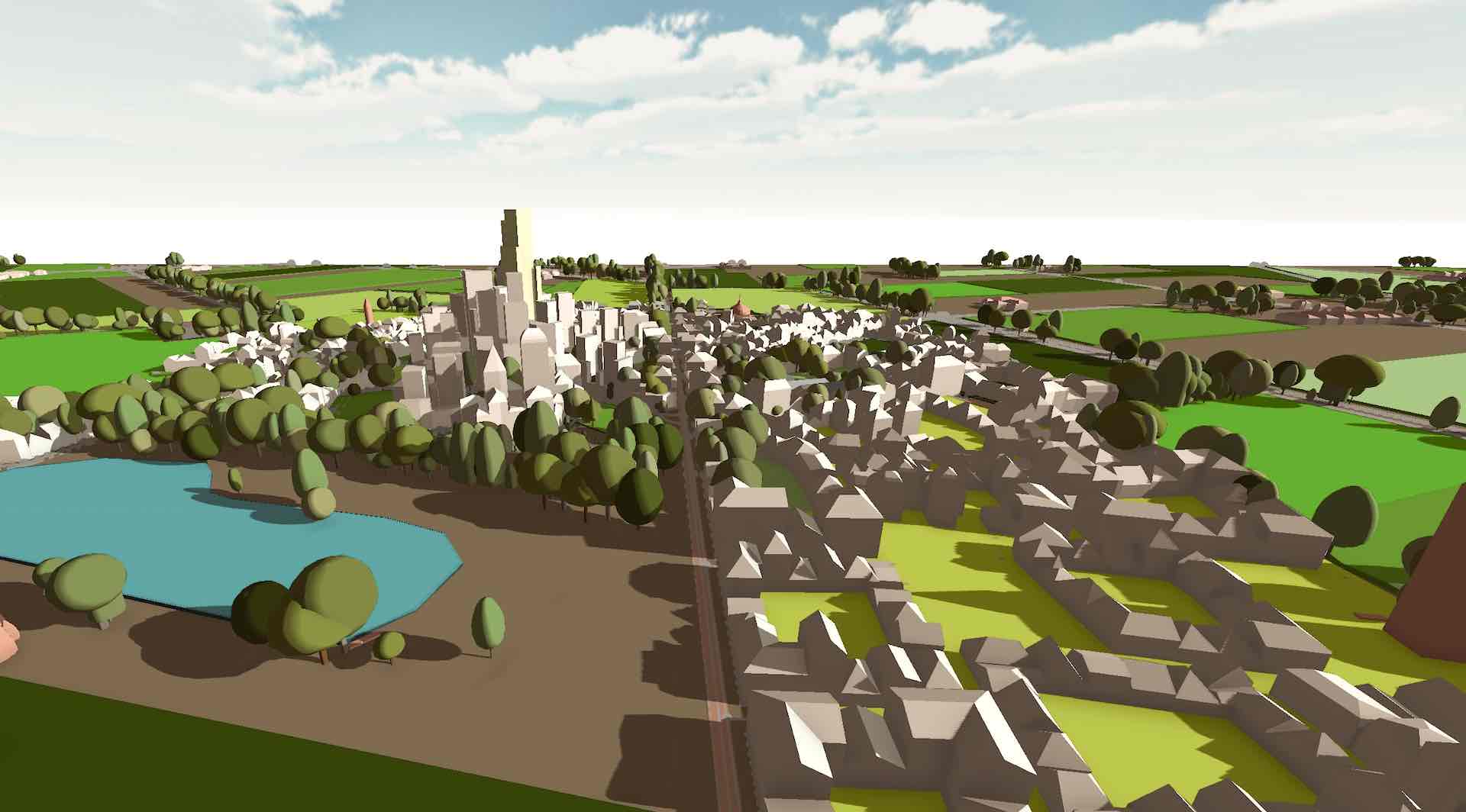Home to 45,000 People on 500 Historic West Texas Acres
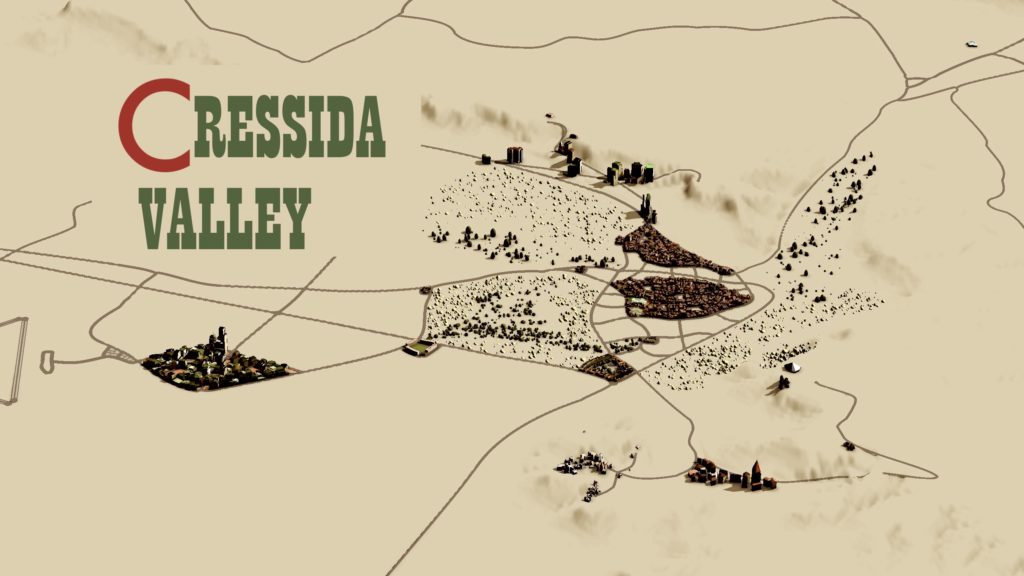
History of the Cressida Valley
Still home to healthy populations of elk, bighorn sheep, beavers, and rare subtropical grasslands, what’s now called “Cressida” has a long and near-mythic history.
Cressida was named as a reminder of the challenges of the human condition, where temptation and virtue are in tension. Established during the earliest Spanish quests for Cibola in the 16th century, and located at the crossroads of the North American continent, it has miraculously remained off the beaten path during these past tumultuous centuries.
The people of Cressida are made up of the decedents of Native American diaspora and the European, African and Asian newcomers. Everyone’s mutual vulnerability to the more well-established surrounding people made their bond strong and natural in such a remote place. Among these new people was a family of step-well craftsmen from India who brought their metal working and digging expertise to create a rare and coveted water supply in this periodically arid region.
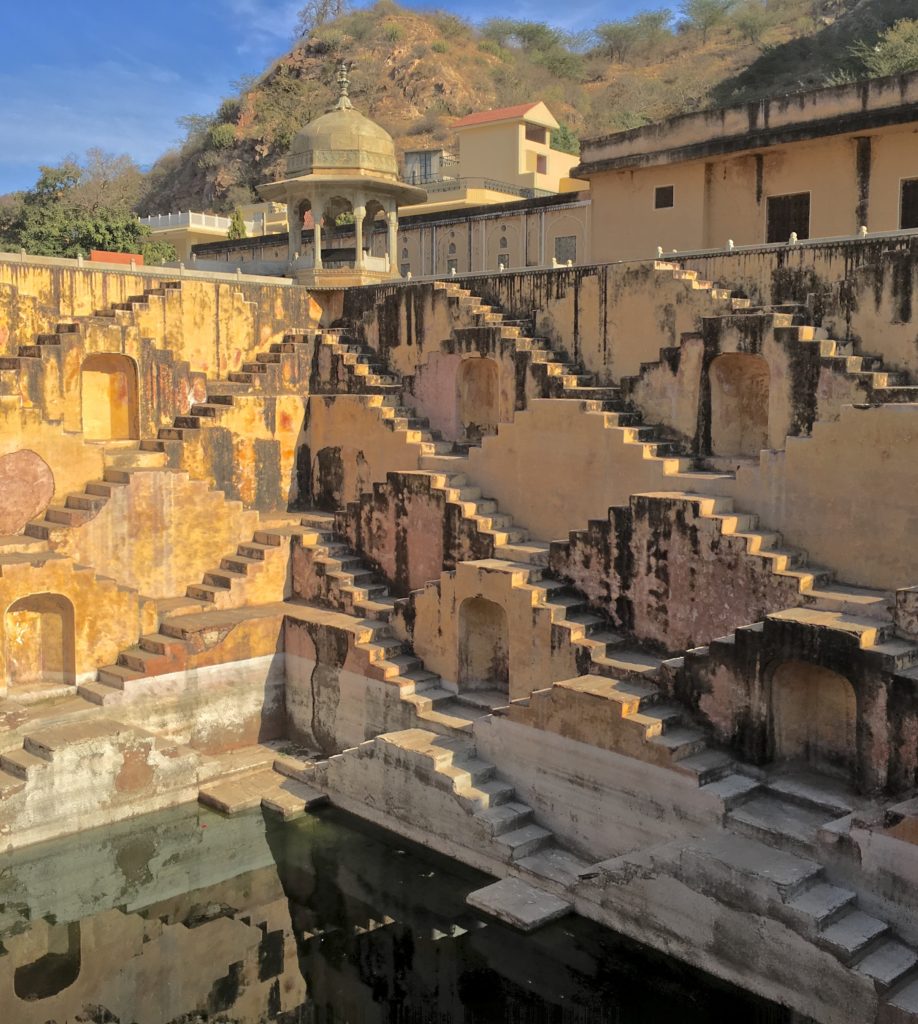 16th-17th century Indian step well
16th-17th century Indian step well
To survive the rapidly changing world of the past few centuries, these founding families had insisted on maintaining secrecy and avoiding sprawling growth. And more recently they relied on surrounding ranchers to help maintain their discretion.
While it had been almost forgotten to time, the Cressida Valley now finds itself a few miles north of a major transport corridor between California and Texas. They’ve decided to finally go public and make some room for new families and businesses in an ultra-compact cluster of communities in the north-east corner of the valley. These communities are comprised of Cressida Heights, Duomo, Encrusijada, Cressidita, and Taormina. The actual built-up areas will take up only a small fraction of the land, which in turn conserves, protects, and provides enduring value to the surrounding region.

Cliffs of Cressida Valley and Taormina (center), a compact, historic cliff-top hamlet on its eastern flanks
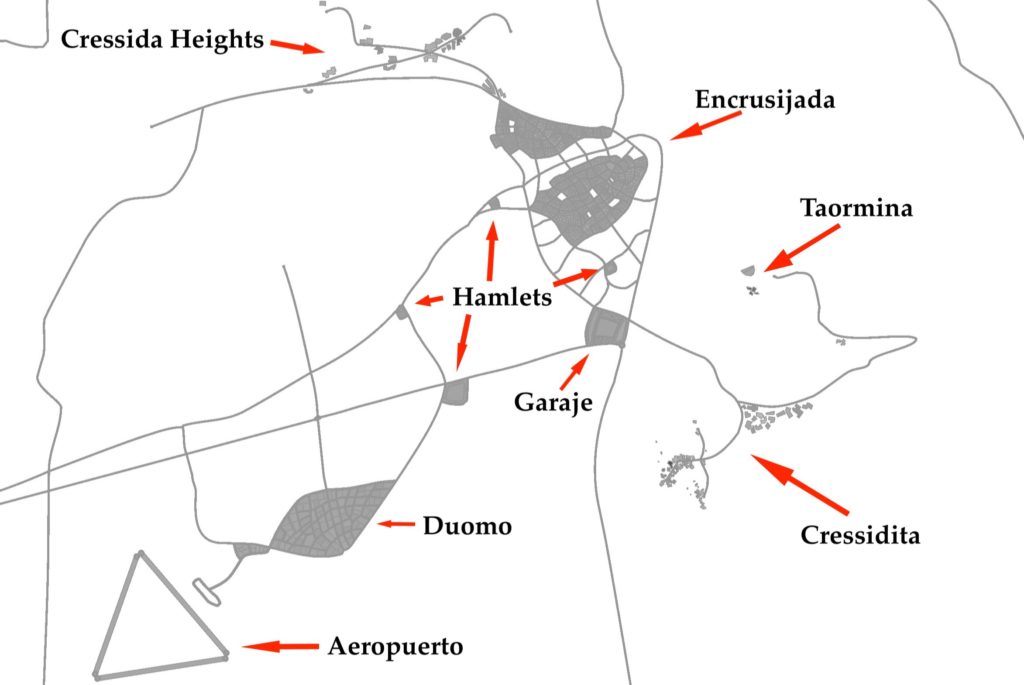

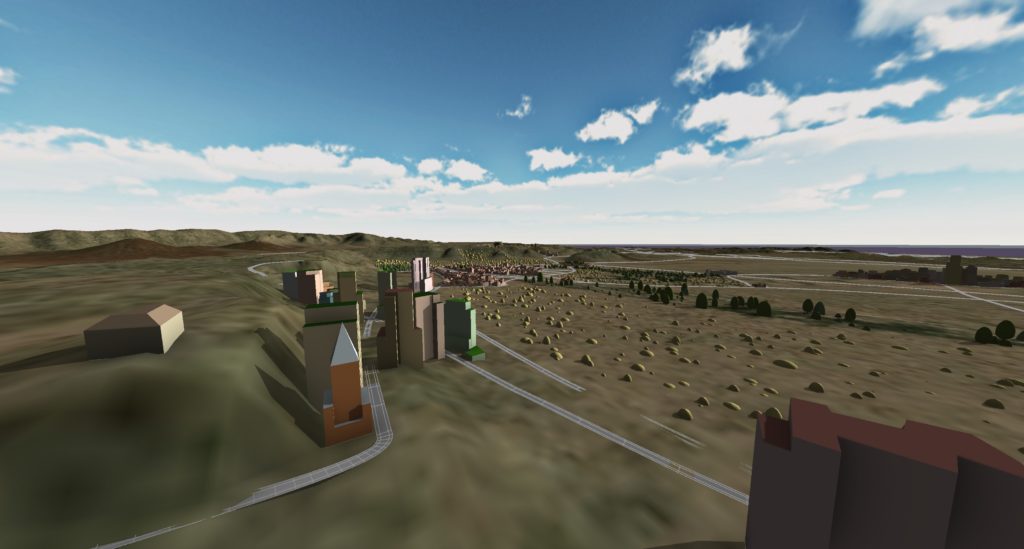
View to the SE overlooking Cressida Heights, with Encrusijada and Duomo in the mid-ground and Cressidita and Taormina in the background.
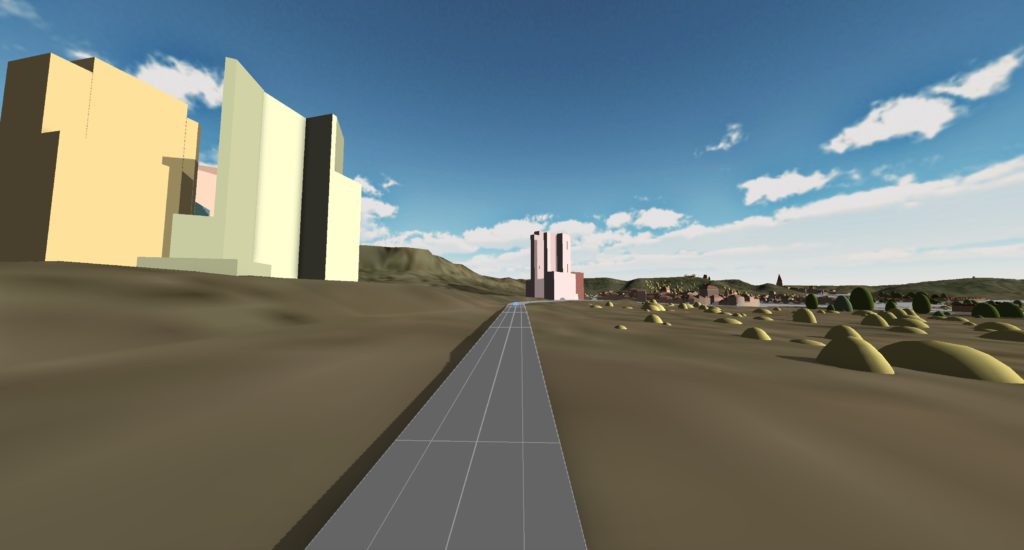
View along the road in front of Cressida Heights with Encrusijada in the mid-ground and Cressidita and Taormina in the background.
Cressida Valley lies near the heart of a larger historic 32,000-acre ranch located on the western edge of the Diablo Mountains. This ranch has had only three owners since its founding in 1879. The fortress-like rim of the Diablos acts as a natural barrier and has helped maintain its remoteness, which has helped the Cressida Valley region keep its low profile. The high elevation and subtropical climate allow for evenings spent under dramatic cloud bursts and starry night skies.

Greek Theater at the Taormina cliff-top hamlet
Cressida Communities Development
The Cressida Valley is unique for the its ultra-compact, durable, historically scaled development. The built up areas of the valley will respect the existing riparian zones, while being designed to deter predators and are comprised of five distinct, mixed-use places:
- Cressida Heights: an 8-28 story Gilded Age residential micro-metropolis on the northern foothills of the valley (100ac.): 12,000 people
- Duomo: the 4-40 story vertical mixed-use industrial mini-city near the airport that includes a cathedral (100ac.): 8,000 people
- Encrusijada: 3- 12 story crossroads of the valley, 18th c. market town with the most institutions and retail (150ac.): 20,000 people
- Cressidita: the historic, 2-5 story medieval era hill-town in the eastern end of the valley (30ac.): 4,000 people
- Taormina: 1-3 story hamlet and Greek Theater (20ac.): 200 people
Perfectly suited to the 21st century, the buildings will appear to have been built up over time. A bold urban opportunity for people who value a rural quality of life, and a sense of permanence and longevity. With such diverse traditions and flavours being passed on through generations, Cressida is a world class melange and homage to a world that could be.


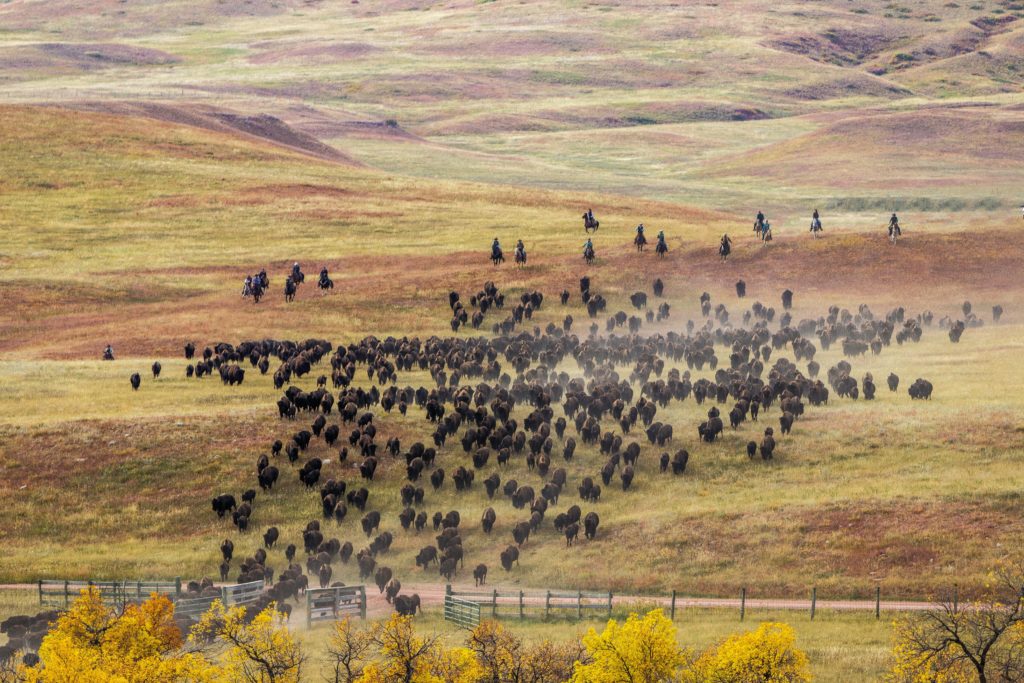
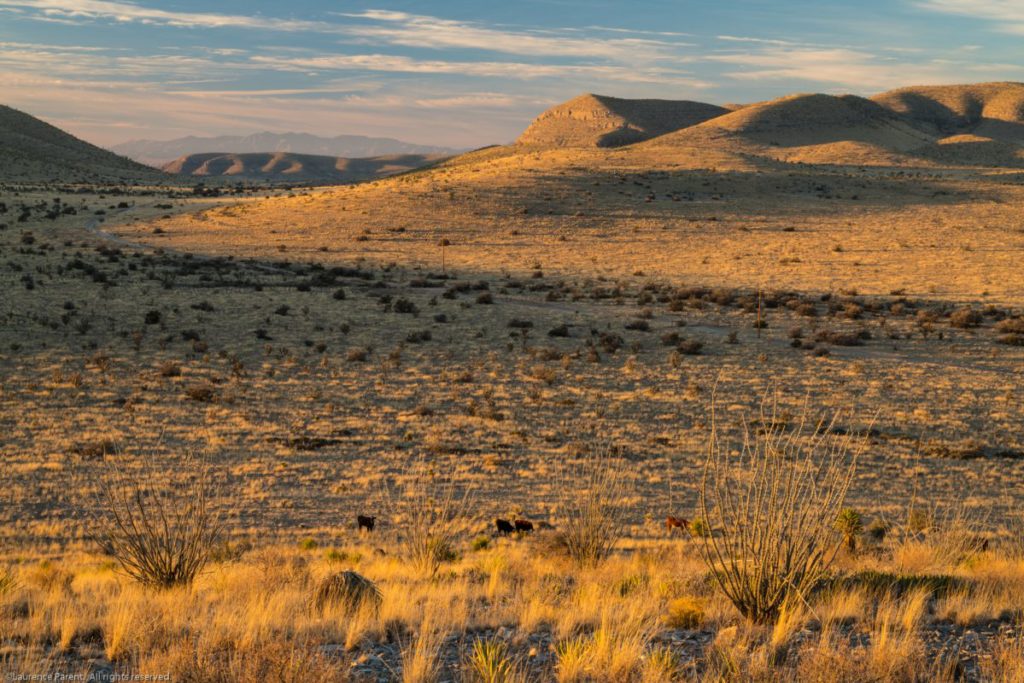

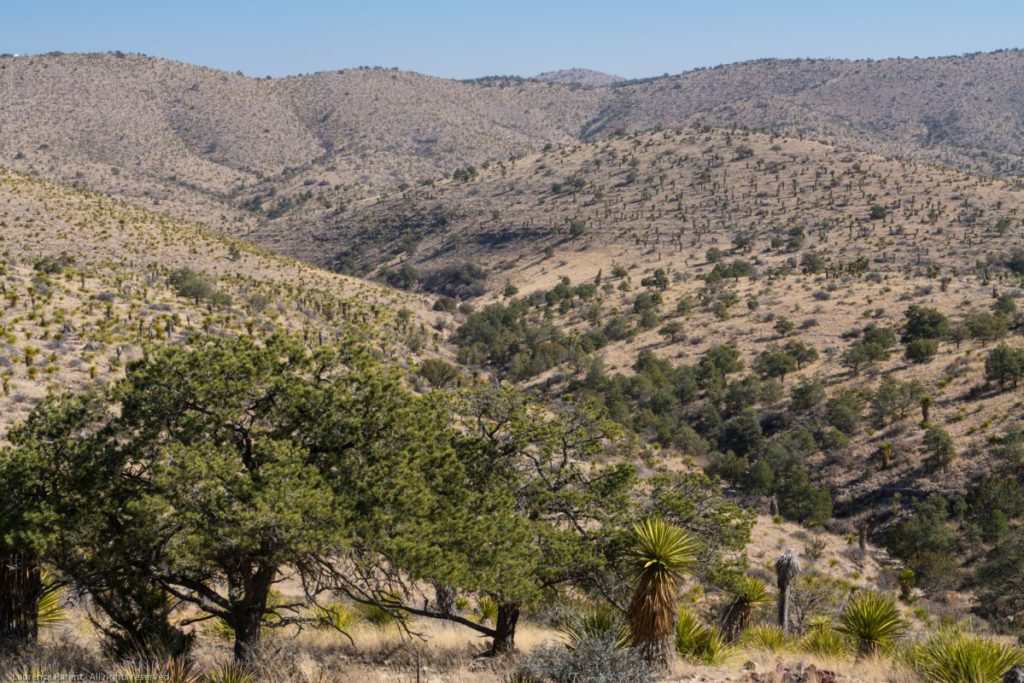
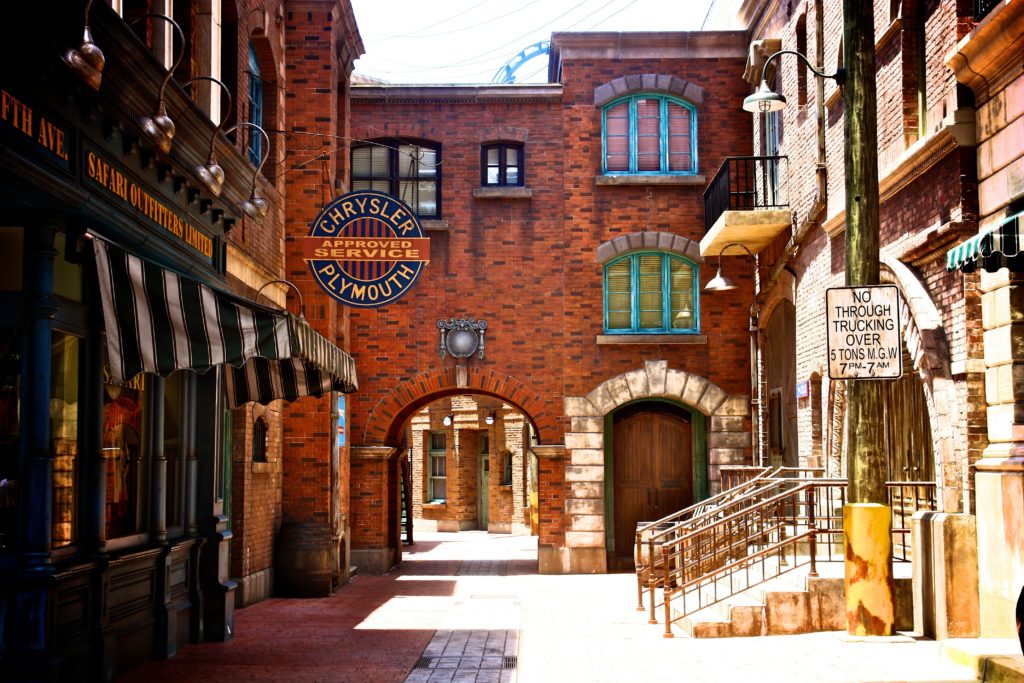
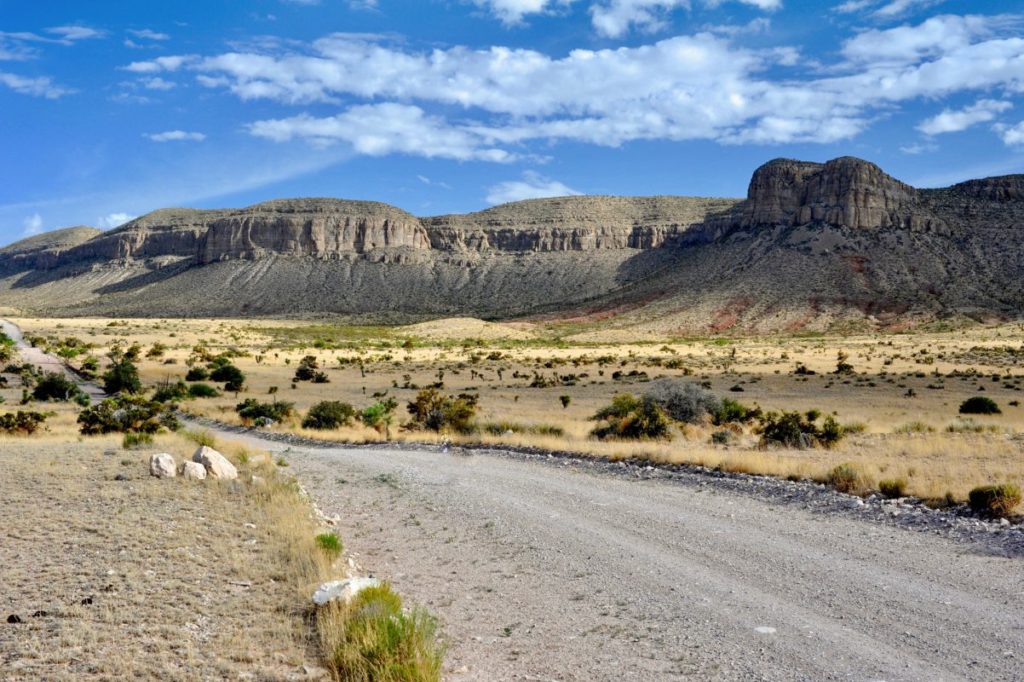
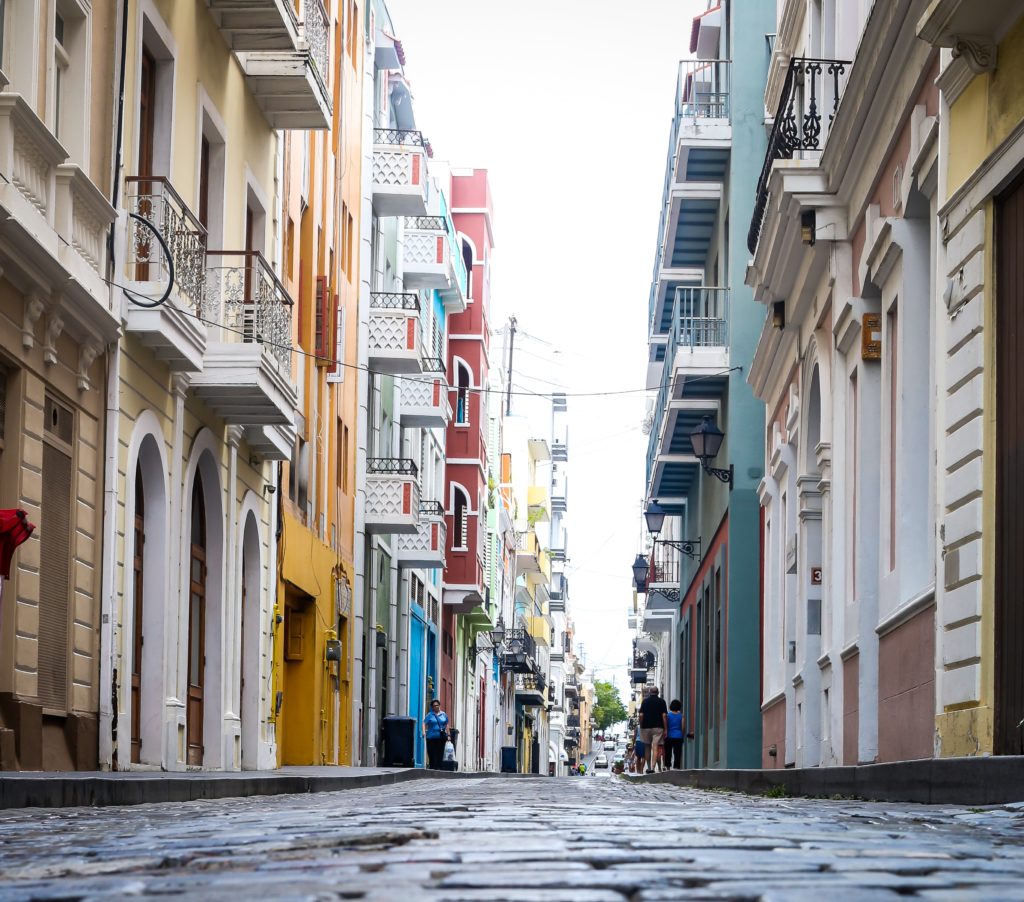
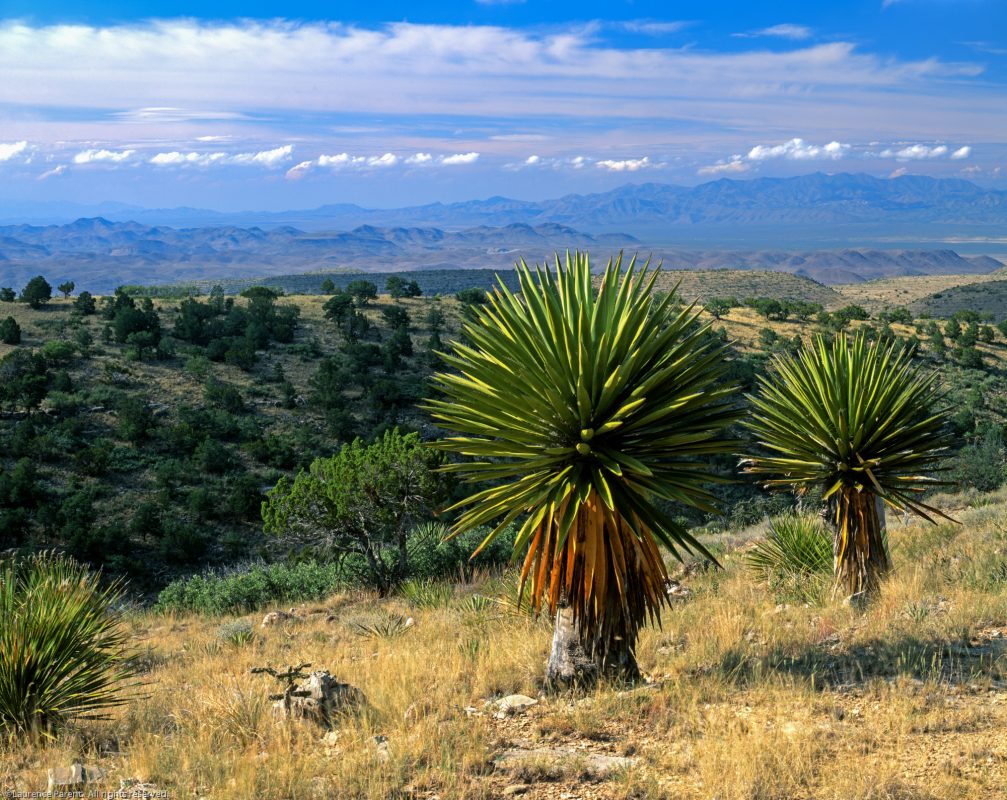


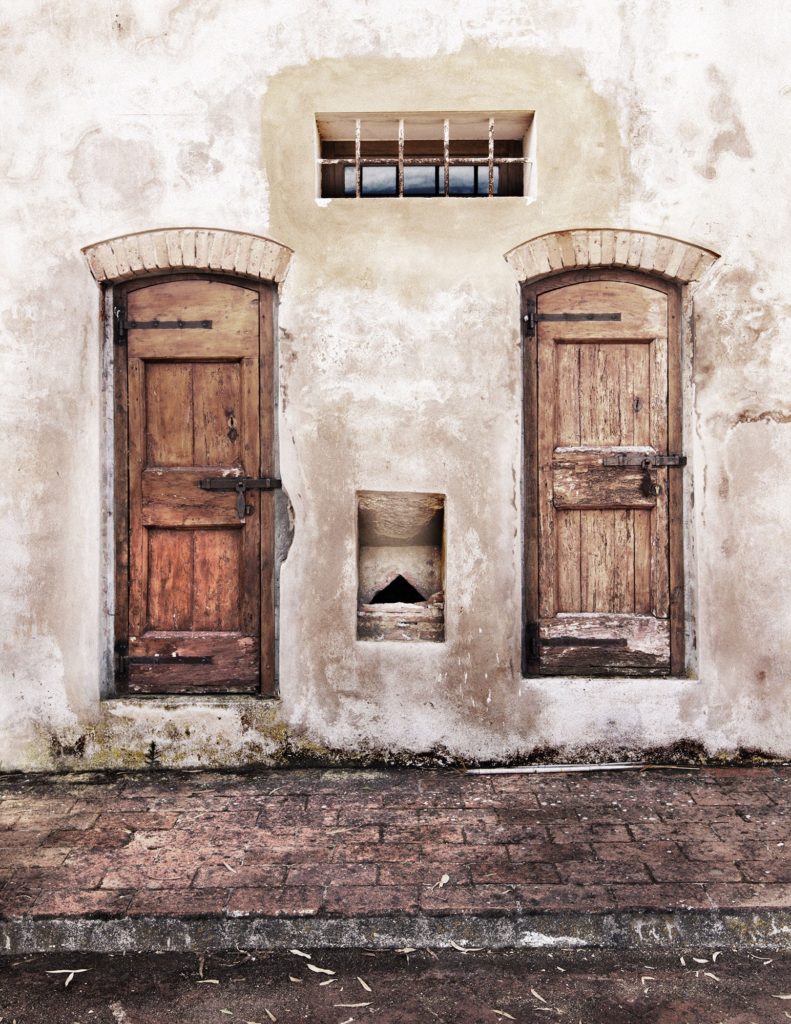
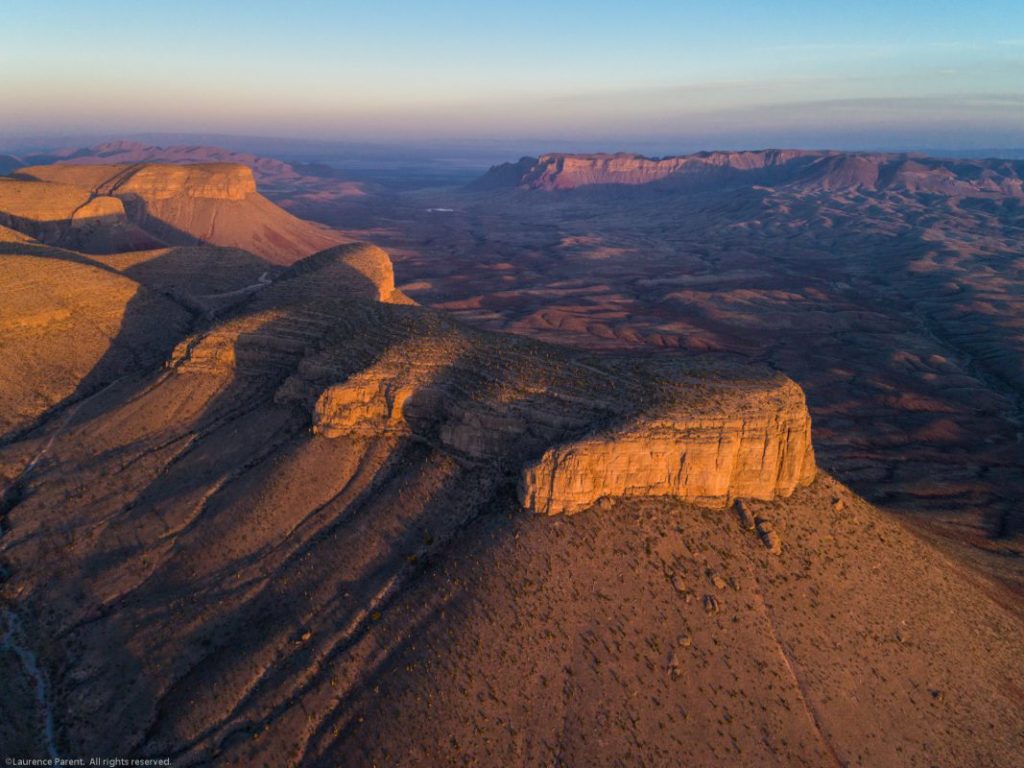

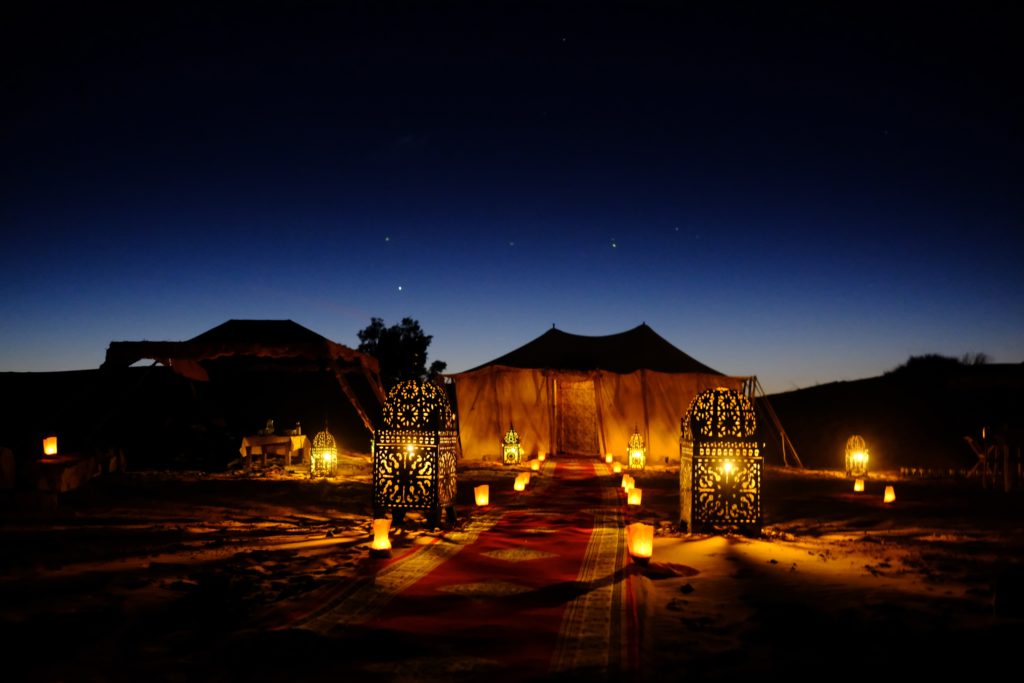
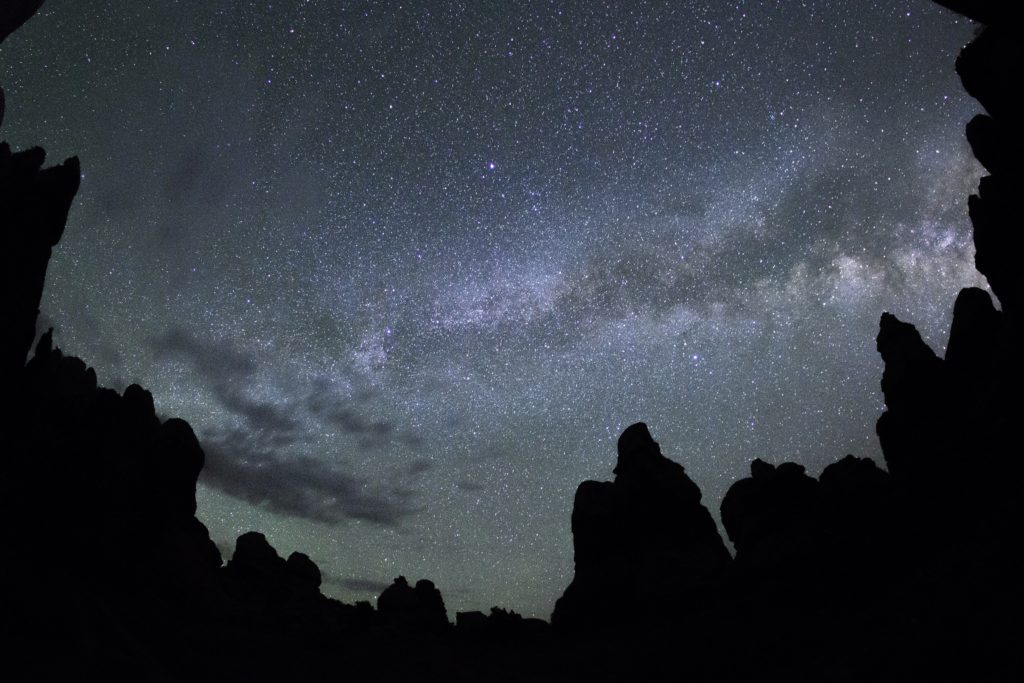

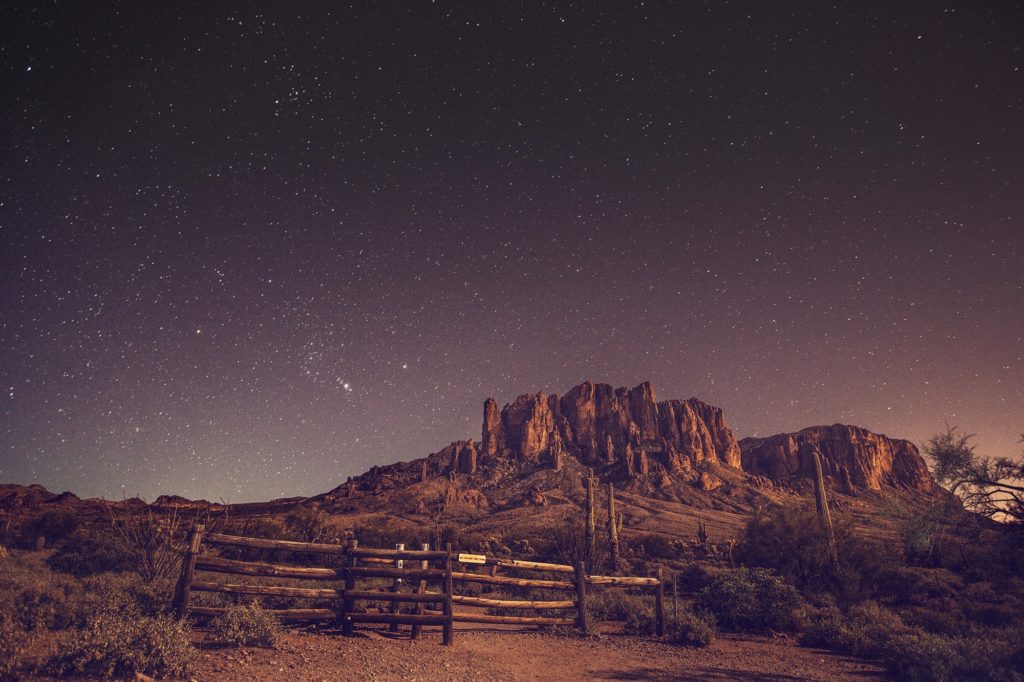

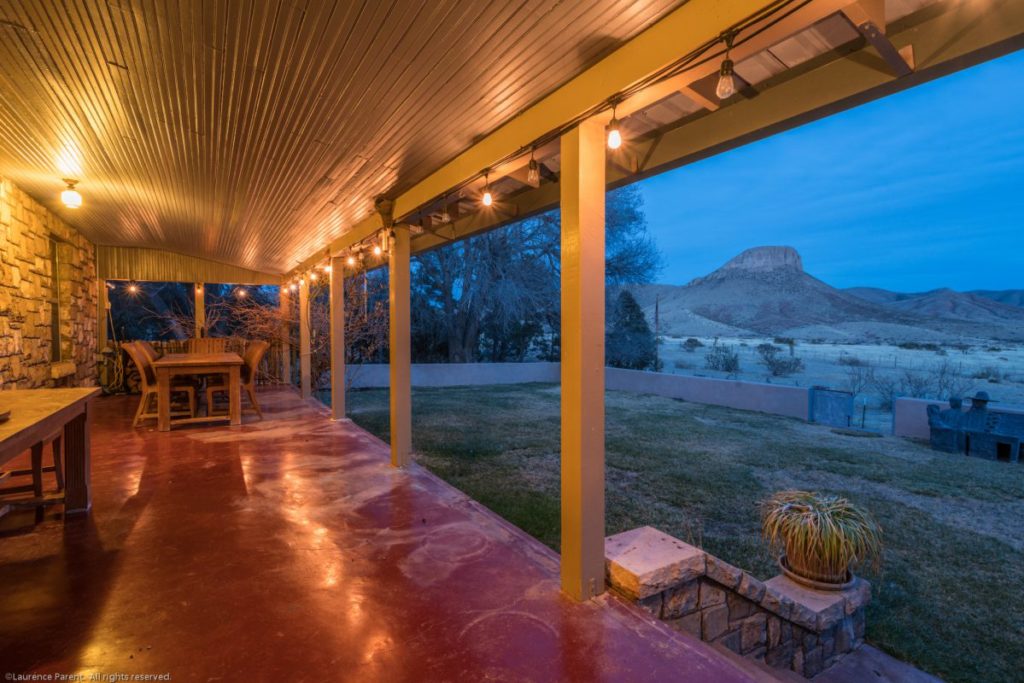
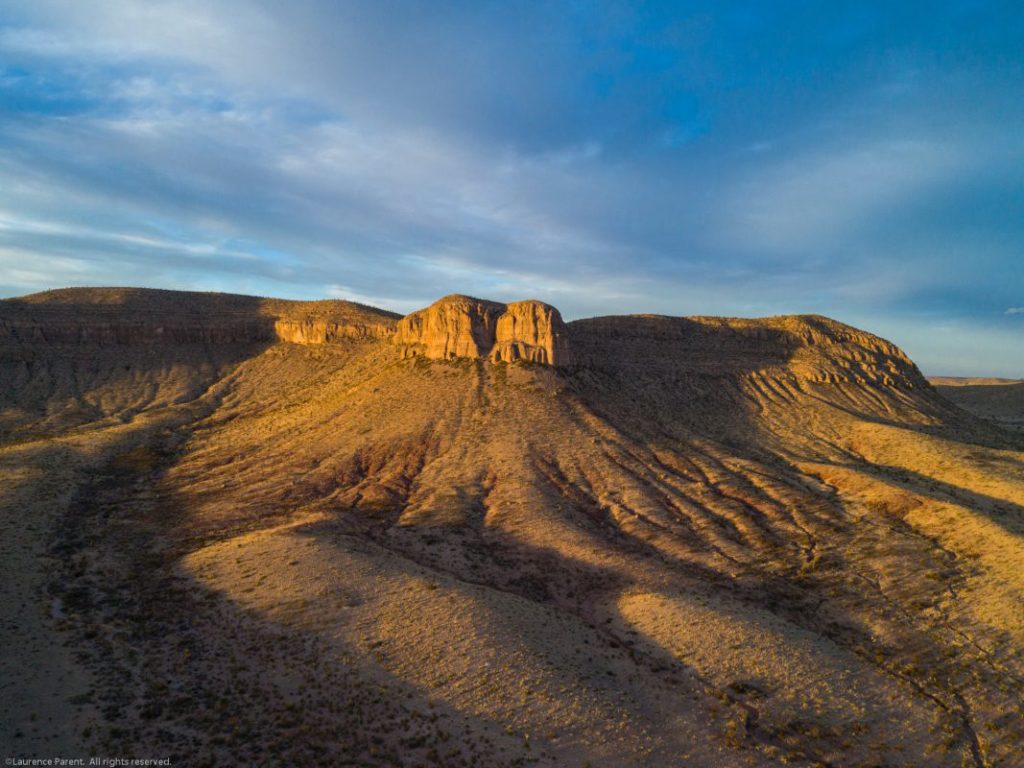
Inspired by traditional architecture, Cressida actively developed an international outlook over the years. Drawing inspiration through the maintenance and retention of these historical places, the people of Cressida now want to expand in a thoughtful, durable and informed manner.
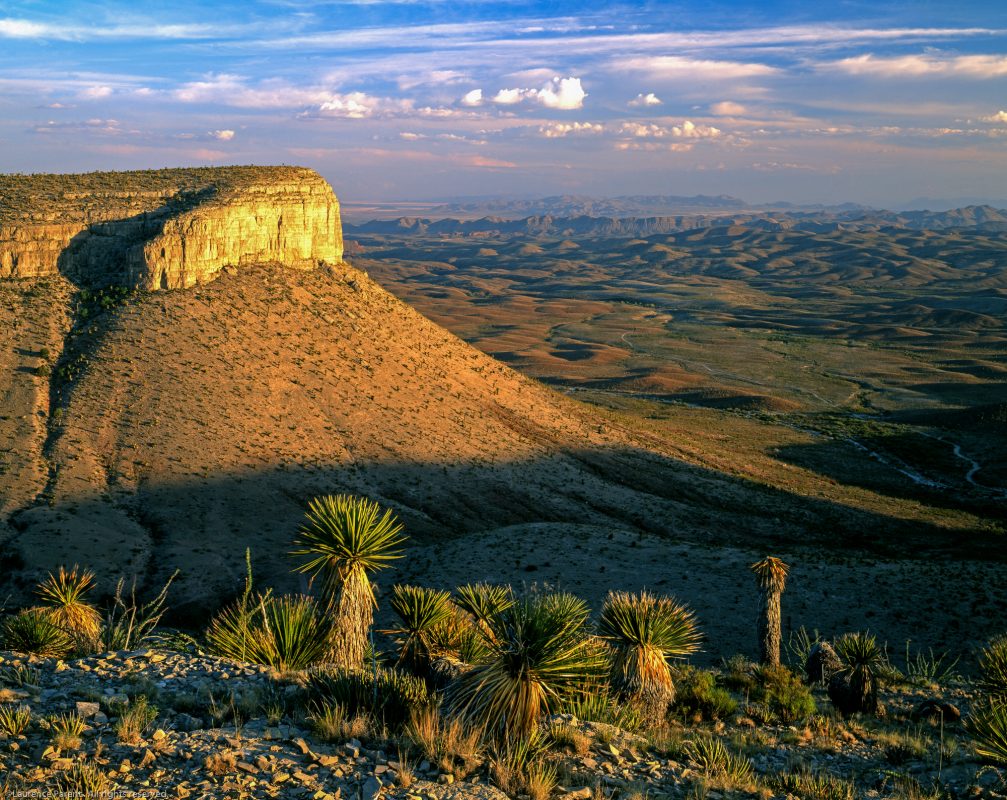
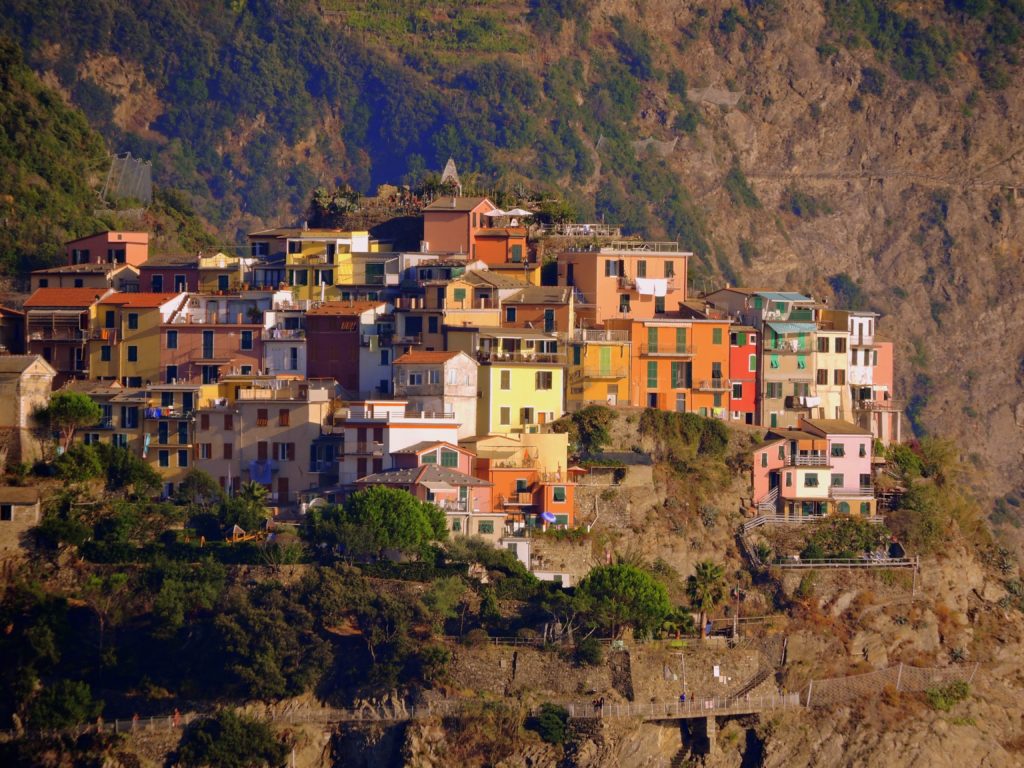
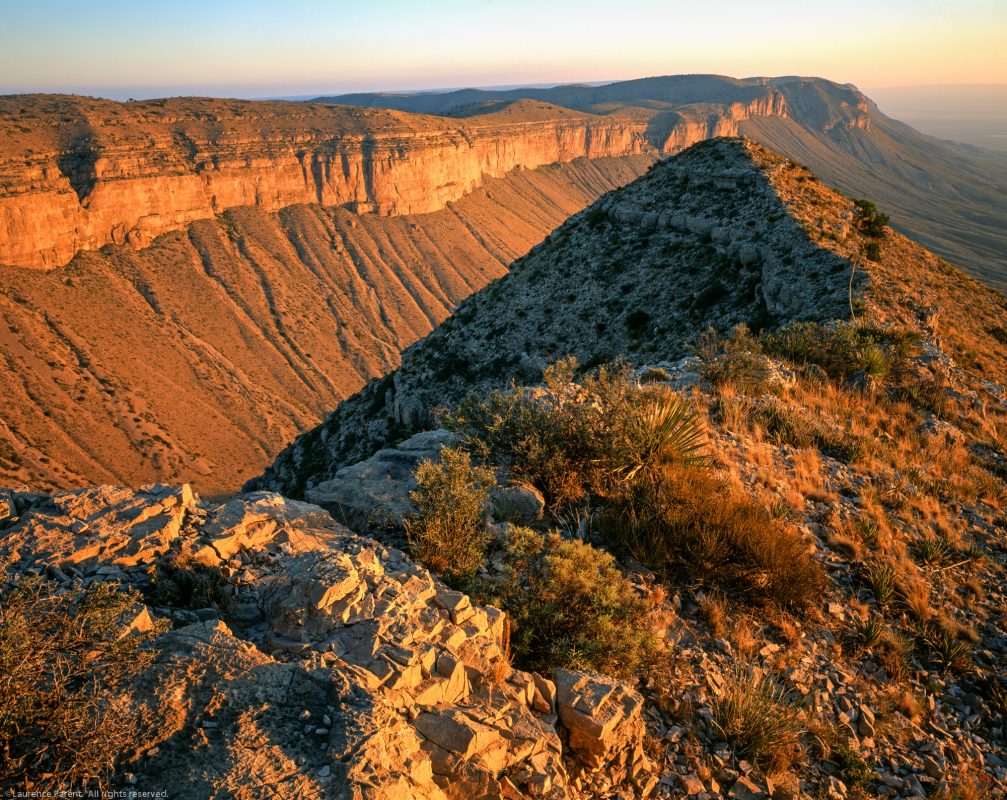
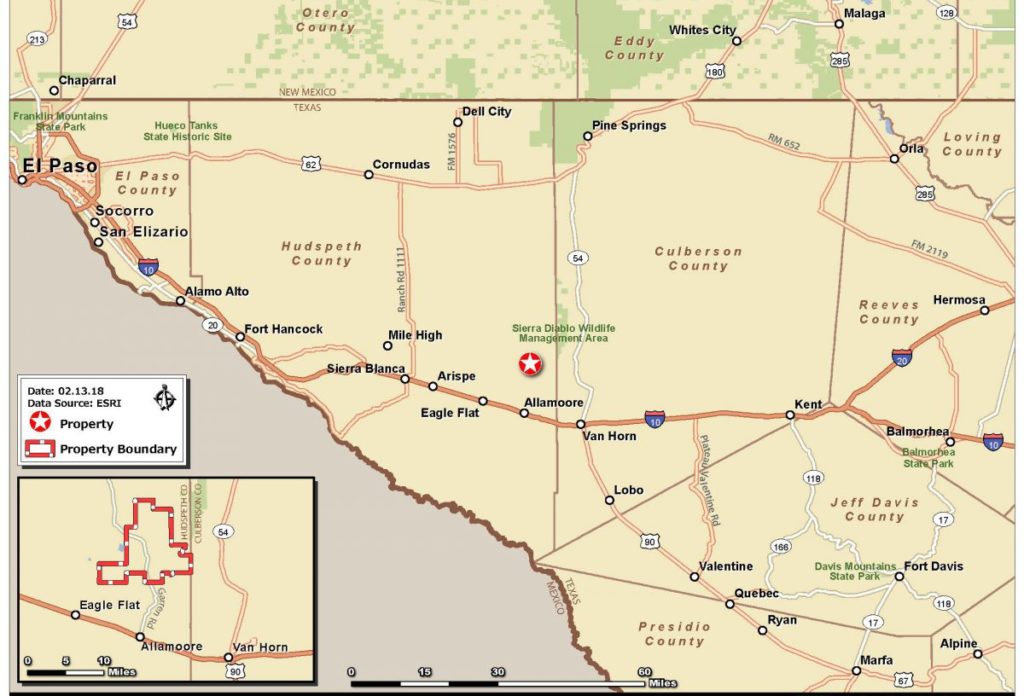
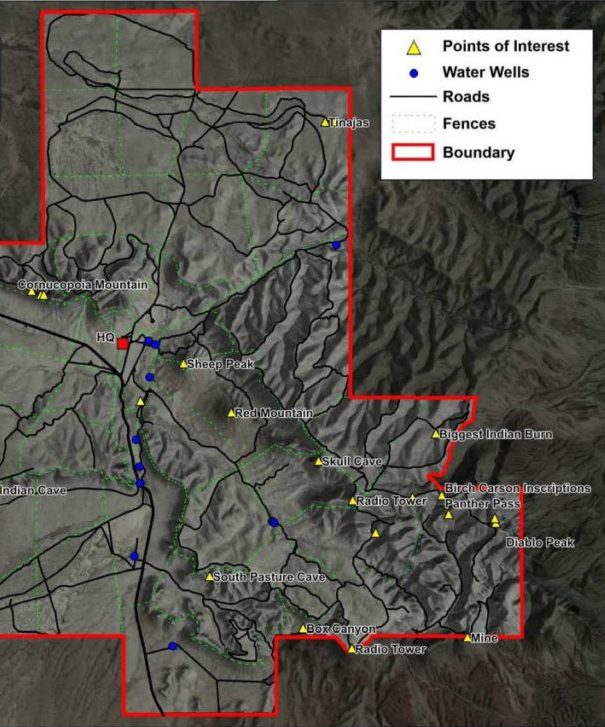
Located 10 miles north of Interstate 10 (left). Topographic map of the ranch (right).
These pages explore experimental, forward-leaning concepts. We mean no offense by these hypothetical developments, and we can assure you that they don’t currently exist…yet.
Check out our other Property Experiments here.
